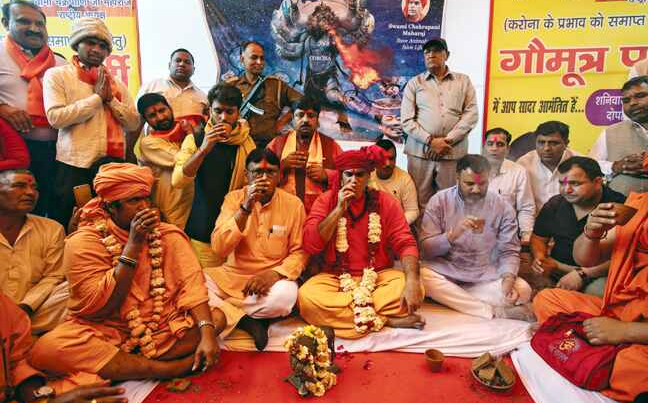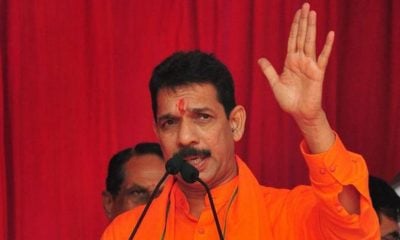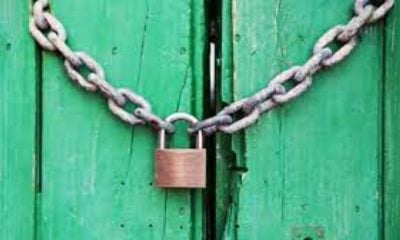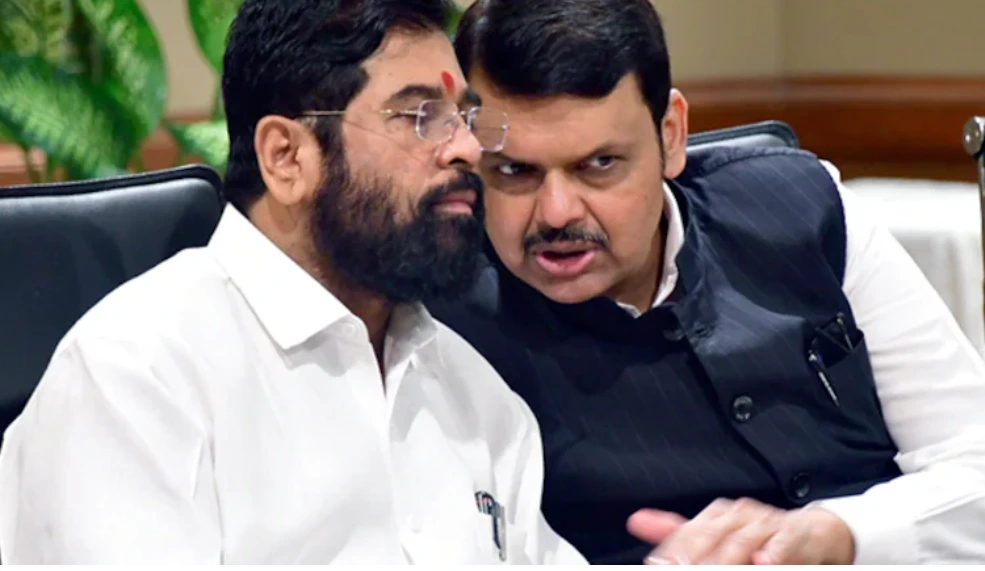India News
How to beat Covid: Holy smoke, cow piss, yagna chikitsa to papad, assorted suggestions from BJP leaders
Doctors and scientists in India and across the world have repeatedly warned against practising alternative treatments for Covid-19, saying they can lead to a false sense of security and complicate health problems.

India News
BJP and Shiv Sena reach broad seat-sharing deal ahead of BMC elections
BJP and Shiv Sena are close to finalising seat-sharing for 200 wards ahead of the BMC elections, while opposition parties intensify alliance talks across Maharashtra.
India News
Op Aaghat 3.0: Delhi police arrest over 280 accused ahead of New Year celebrations
Delhi police arrested over 280 accused and detained more than 1,300 individuals under Operation Aaghat 3.0 ahead of New Year, seizing weapons, drugs, liquor and stolen items.
India News
Over 2,000 Maoists surrender under Chhattisgarh rehabilitation policy, says CM Vishnu Deo Sai
Chhattisgarh Chief Minister Vishnu Deo Sai said more than 2,000 Maoists have surrendered under the state’s rehabilitation policy, which offers skill training, financial assistance and land support.
-

 Latest world news23 hours ago
Latest world news23 hours agoIndia flags attacks on Hindus in Bangladesh as worrisome after recent lynchings
-

 India News7 hours ago
India News7 hours agoCBI moves Supreme Court against suspension of Kuldeep Sengar’s life sentence in Unnao rape case
-

 India News6 hours ago
India News6 hours agoBangladeshi singer James’ concert cancelled after mob attack in Faridpur
-

 India News6 hours ago
India News6 hours agoOver 2,000 Maoists surrender under Chhattisgarh rehabilitation policy, says CM Vishnu Deo Sai
-

 India News5 hours ago
India News5 hours agoOp Aaghat 3.0: Delhi police arrest over 280 accused ahead of New Year celebrations
-

 India News3 hours ago
India News3 hours agoBJP and Shiv Sena reach broad seat-sharing deal ahead of BMC elections















